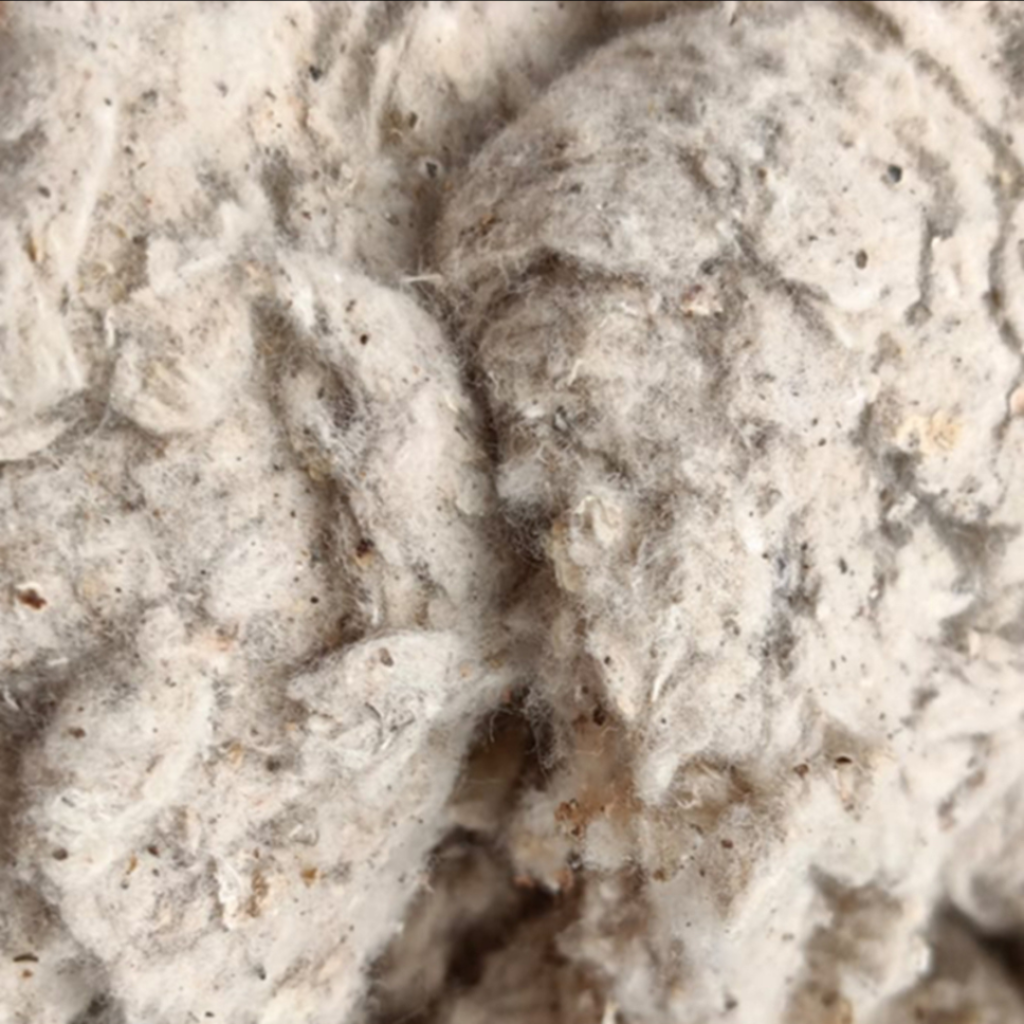
The fiber's breathability guarantees consolation by letting air to circulate throughout the system, rendering it ideal for many climates.
Fundamental modifications occurring in cotton cultivation provide the potential to get the current productivity amount in India near to the entire world ordinary cotton output for each hectare within the close to long run.
five. Eli Whitney’s cotton gin wasn’t a whole new thought. The “Churka,” invented in India three,500 yrs before, was incredibly successful at ginning long staple cotton but ineffective to the limited staple selection. Whitney’s gin was the very first gin to method brief staple cotton.
The cottonseed which remains once the cotton is ginned is applied to make cottonseed oil, which, soon after refining, may be consumed by humans like any other vegetable oil. The cottonseed meal which is still left usually is fed to ruminant livestock; the gossypol remaining inside the food is toxic to monogastric animals. Cottonseed hulls can be included to dairy cattle rations for roughage. In the course of the American slavery period, cotton root bark was used in people remedies as an abortifacient, that is definitely, to induce a miscarriage.
Indian cotton textiles, specifically These from Bengal, continued to maintain a aggressive benefit up till the 19th century. In order to compete with India, Britain invested in labour-conserving specialized development, whilst employing protectionist policies which include bans and tariffs to restrict Indian imports.[45] At the same time, the East India Firm's rule in India contributed to its deindustrialization, opening up a different market for British items,[45] though the funds amassed from Bengal after its 1757 conquest was made use of to take a position in British industries which include textile production and tremendously raise British wealth.
As we keep on to take a here look at their likely, cotton linters stand as being a testament to mother nature’s ability to encourage creative imagination and push progress in surprising means.
Cotton vegetation make fibers out of thin air! Almost all of a cotton fiber's mass originates as carbon dioxide.
The seeds are then run by way of a equipment called a linter. This device removes the remaining small cotton fibers within the seed. The seed goes on to be cottonseed oil in addition to livestock feed. The small cotton fibers taken off With all the linter are papermaking fibers.
As well as issues about subsidies, the cotton industries of some nations around the world are criticized for using child labor and damaging workers' overall health by exposure to pesticides Utilized in manufacturing.
In many locations, the primary pests in industrial cotton are lepidopteran larvae, which might be killed by the Bt protein from the transgenic cotton they take in. This gets rid of the need to use significant quantities of wide-spectrum insecticides to get rid of lepidopteran pests (some of that have created pyrethroid resistance). This spares purely natural insect predators while in the farm ecology and even more contributes to noninsecticide pest management.
The malady of poor boll openings, typically referred as tirak has actually been located in desi cotton which is generally worried about premature and inappropriate cracking of bolls. Generally, the signs within the crop are yellowing/reddening of leaves in the beginning of reproductive phase followed by negative boll opening.
Cotton (Gossypium herbaceum Linnaeus) may well have been domesticated 5000 BC in japanese Sudan in the vicinity of the center Nile Basin area, in which cotton cloth was being developed.[22] Around the 4th century BC, the cultivation of cotton plus the knowledge of its spinning and weaving in Meroë attained a superior stage. The export of textiles was one of the sources of wealth for Meroë.
India's cotton-processing sector improved through EIC growth in India within the late 18th and early 19th hundreds of years. From focusing on giving the British market to supplying East Asia with raw cotton.
Cotton generation gained the necessary impetus via increase in region and sowing of hybrid types all-around mid-70s. Due to the fact then, the nation has grown to be self-sufficient in cotton creation, barring a couple of years in the late 90s and early 20s when huge quantities of cotton needed to be imported resulting from decrease crop output and increasing cotton prerequisites from the domestic textile market.